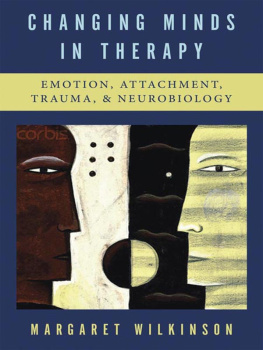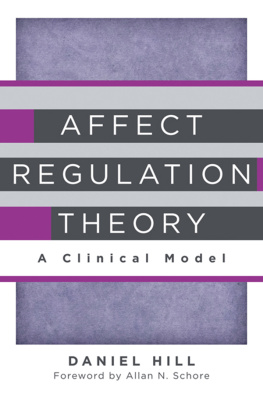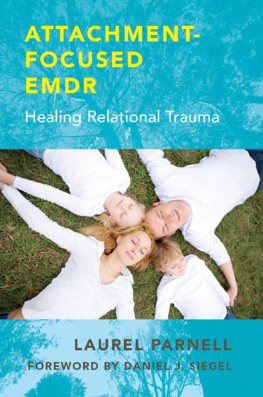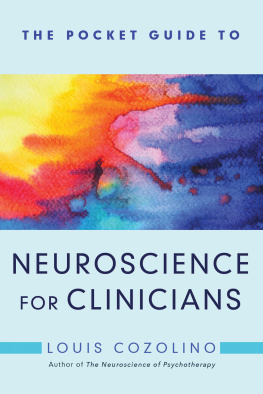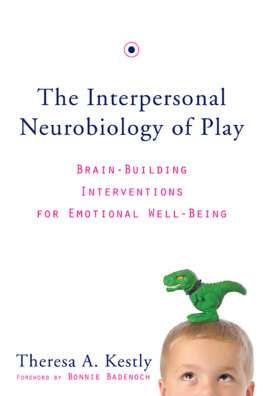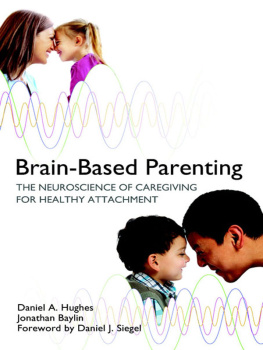The Norton Series on Interpersonal
Neurobiology
Allan N. Schore, PhD, Series Editor
Daniel J. Siegel, MD, Founding Editor
The field of mental health is in a tremendously exciting period of growth and conceptual reorganization. Independent findings from a variety of scientific endeavors are converging in an interdisciplinary view of the mind and mental well-being. An interpersonal neurobiology of human development enables us to understand that the structure and function of the mind and brain are shaped by experiences, especially those involving emotional relationships.
The Norton Series on Interpersonal Neurobiology will provide cutting-edge, multidisciplinary views that further our understanding of the complex neurobiology of the human mind. By drawing on a wide range of traditionally independent fields of research such as neurobiology, genetics, memory, attachment, complex systems, anthropology, and evolutionary psychologythese texts will offer mental health professionals a review and synthesis of scientific findings often inaccessible to clinicians. These books aim to advance our understanding of human experience by finding the unity of knowledge, or consilience, that emerges with the translation of findings from numerous domains of study into a common language and conceptual framework. The series will integrate the best of modern science with the healing art of psychotherapy.
A Norton Professional Book
All clinical case studies are composites.
reprinted by permission of Oxford University Press.
reprinted by permission of Routledge.
reprinted by permission of W. W. Norton & Co.
Excerpt from Saturday, 2005 by Ian McEwan, published by Jonathan Cape, reprinted by permission of The Random House Group Ltd, Knopf Canada, and Rogers, Coleridge and White, Ltd.
Excerpts from articles published in the Journal of Analytical Psychology between 2003 and 2006 reprinted by permission of Taylor & Francis Books, UK.
Material from Wilkinson (2006a) reprinted by permission of Routledge.
Material from Wilkinson (2007a) reprinted with permission of Karnac Books Ltd.
/J599/F515 There is a pain so utter Reprinted by permission of the publishers and the Trustees of Amherst College from THE POEMS OF EMILY DICKINSON, Thomas H. Johnson, ed., Cambridge, Mass.: The Belknap Press of Harvard University Press, Copyright 1951, 1955, 1979, 1983 by the President and Fellows of Harvard College.
Copyright 2010 by Margaret Wilkinson
All rights reserved
Printed in the United States of America
First Edition
For information about permission to reproduce selections from this book, write to Permissions, W.W. Norton & Company, Inc., 500 Fifth Avenue, New York, NY 101 10
For information about special discounts for bulk purchases, please contact W. W. Norton Special Sales at or 800-233-4830
Manufacturing by Fairfield World Color
Book design by Paradigm Graphics
Production manager: Leeann Graham
Wilkinson, Margaret.
Changing minds in therapy: emotion, attachment, trauma, and neurobiology / Margaret Wilkinson. -- 1st ed.
p. ; cm. -- (Norton series on interpersonal neurobiology)
A Norton professional book.
Includes bibliographical references and index.
ISBN 978-0-393-70561-4 (hardcover)
1. Psychoanalysis. 2. Psychotherapy. 3. Psychic trauma. 4. Attachment behavior. 5. Clinical neuropsychology. I. Title. II. Series: Norton series on interpersonal neurobiology.
[DNLM: 1. Psychoanalytic Therapy. 2. Neurobiology. 3. Stress, Psychological--therapy
WM 460.6 W687c 2010]
RC506.W47445 2010
616.89'17--dc22
2010001856
ISBN: 978-0-393-70561-4
W. W Norton & Company, Inc., 500 Fifth Avenue, New York, N.Y. 10110
www.wwnorton.com
W. W Norton & Company Ltd., Castle House, 75/76 Wells Street, London W1T 3QT
2 3 4 5 6 7 8 9 0
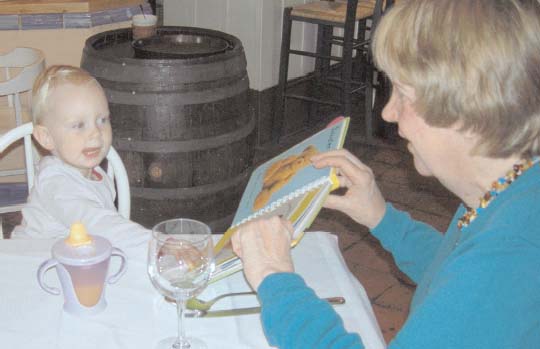
FIGURE 2.1
Naja shows us that face, voice, sense of self, and sense of the other are all intimately linked with early right-brain functioningin this instance, providing stimulus to the later developing language centers in the left hemisphere.

FIGURE 2.2
The Bunnikins plate. Memory privileges emotional truth.
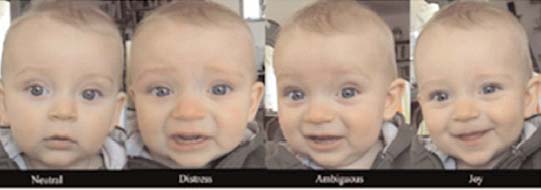
FIGURE 2.3
Example of a set of expressions shown to mothers. Lenzi, D., et al. (2008). Neural basis of maternal communication and emotional expression processing during infant preverbal stage. Cerebral Cortex, 19(5), 1124-1133. Reproduced with permission of Oxford University Press.
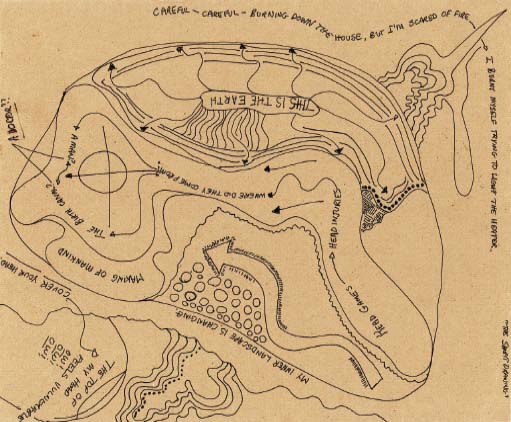
FIGURE 3.1
Steves pen-and-ink drawing, the Sandpit drawing, reveals the emergence of early trauma.
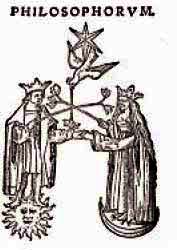
FIGURE 5.1
The king and queen from The Rosarium (Jung, 1946b, p. 213). Affective engagement enables change.
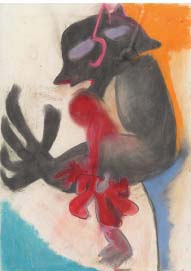
FIGURE 5.2
The bad black cat mother. This picture first appeared as plate 1 in Wilkinson, M. (2006). Coming into mind: The mind-brain relationship: A Fungian clinical perspective. London: Routledge. Reprinted with permission of Routledge.
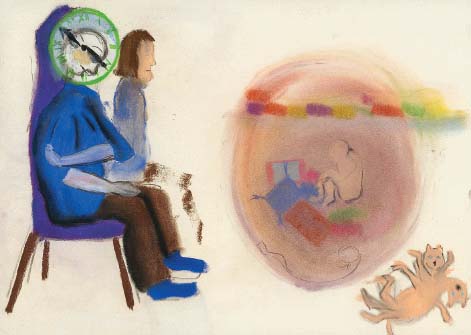
FIGURE 5.3
The clockface analyst. Is it safe to trust her?
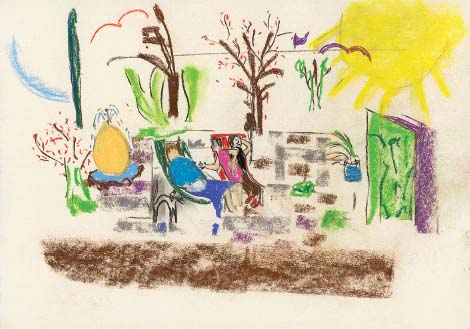
FIGURE 5.4
The analytic garden. How do I feel about her?
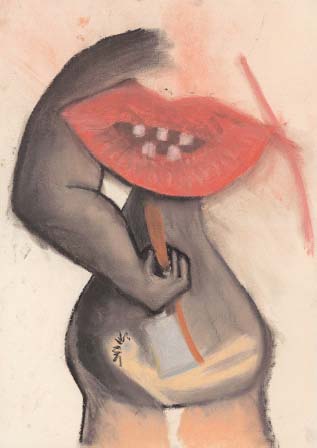
FIGURE 5.5
To try to relate feels dangerous.
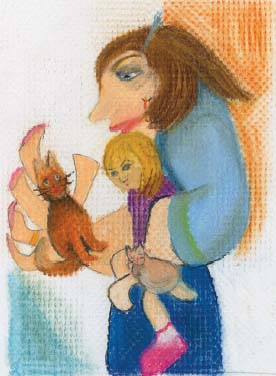
FIGURE 5.6
A good enough attachment.
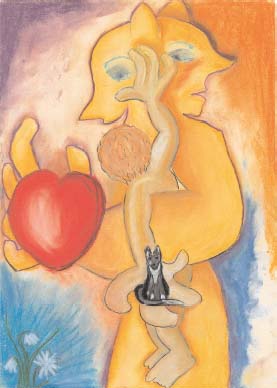
FIGURE 5.7
The little black cat learned
secure attachment.

FIGURE 7.1
Dream sandscape.

FIGURE 7.2
The years of my life.
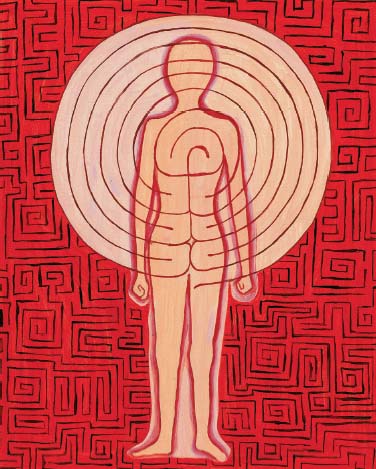
FIGURE 7.3
The labyrinth.

